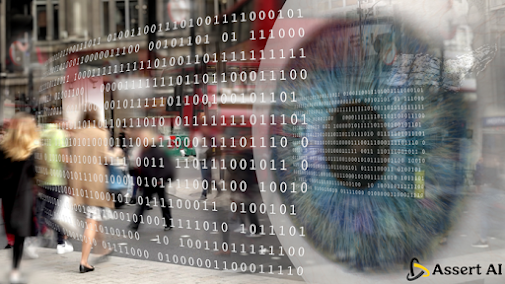Load Up, Lighten Up: How Computer Vision in Logistics is Revolutionizing Truck Loading and Unloading
Ever felt frustrated by delayed shipments or wasted truck space? In logistics, where every minute and inch counts, inefficiencies in loading and unloading can spiral costs and upset customers. Fortunately, Computer Vision in Logistics is transforming these processes, making them faster, more accurate, and cost-effective.
The Problem: Inefficiencies in Truck Loading and Unloading
Traditional methods of truck loading and unloading are slow, error-prone, and waste valuable space. This results in:
- Delivery delays: Manual processes take longer, causing trucks to depart behind schedule.
- Wasted space: Poorly packed trucks mean fewer goods per trip, driving up transportation costs.
- Higher costs: More trips and manpower are needed, raising fuel and labor expenses.
These inefficiencies lead to increased operational costs, dissatisfied customers, and lost business.
The Solution: Optimizing Truck Loading with Computer Vision in Logistics
Computer Vision offers a game-changing solution to these challenges. By using real-time cameras and AI, logistics companies can:
- Monitor truck entry/exit times: Track vehicle schedules and reduce delays.
- Enhance space utilization: Cameras provide real-time feedback, ensuring optimal use of truck space.
- Object detection: Deep learning algorithms identify and place items in the most space-efficient manner, reducing human error.
The Impact: Speed, Space, and Savings
According to Fizyr, logistics companies using Computer Vision in Logistics have reduced loading/unloading times by 30%. In addition, McKinsey reports automation in logistics can boost productivity by up to 30%. Optimized space utilization can also cut transportation costs by 20%, as per the International Journal of Logistics Management.
Leaders in Action
- Amazon uses Computer Vision to streamline loading at its fulfillment centers, reducing delivery times and increasing efficiency.
- UPS tracks package handling and truck loading, improving accuracy and speed.
- DHL enhances space utilization in their trucks, cutting down on trips, fuel, and emissions.
Conclusion
Traditional logistics methods can no longer keep up with modern demands. With Computer Vision and Deep Learning for Logistics, companies can reduce operational costs, speed up loading/unloading, and improve customer satisfaction. The future is here—are you ready?
Transform your logistics operations with Assert AI’s cutting-edge Computer Vision solutions. Contact us today to schedule a demo and take the first step toward smarter, more efficient logistics.


Comments
Post a Comment